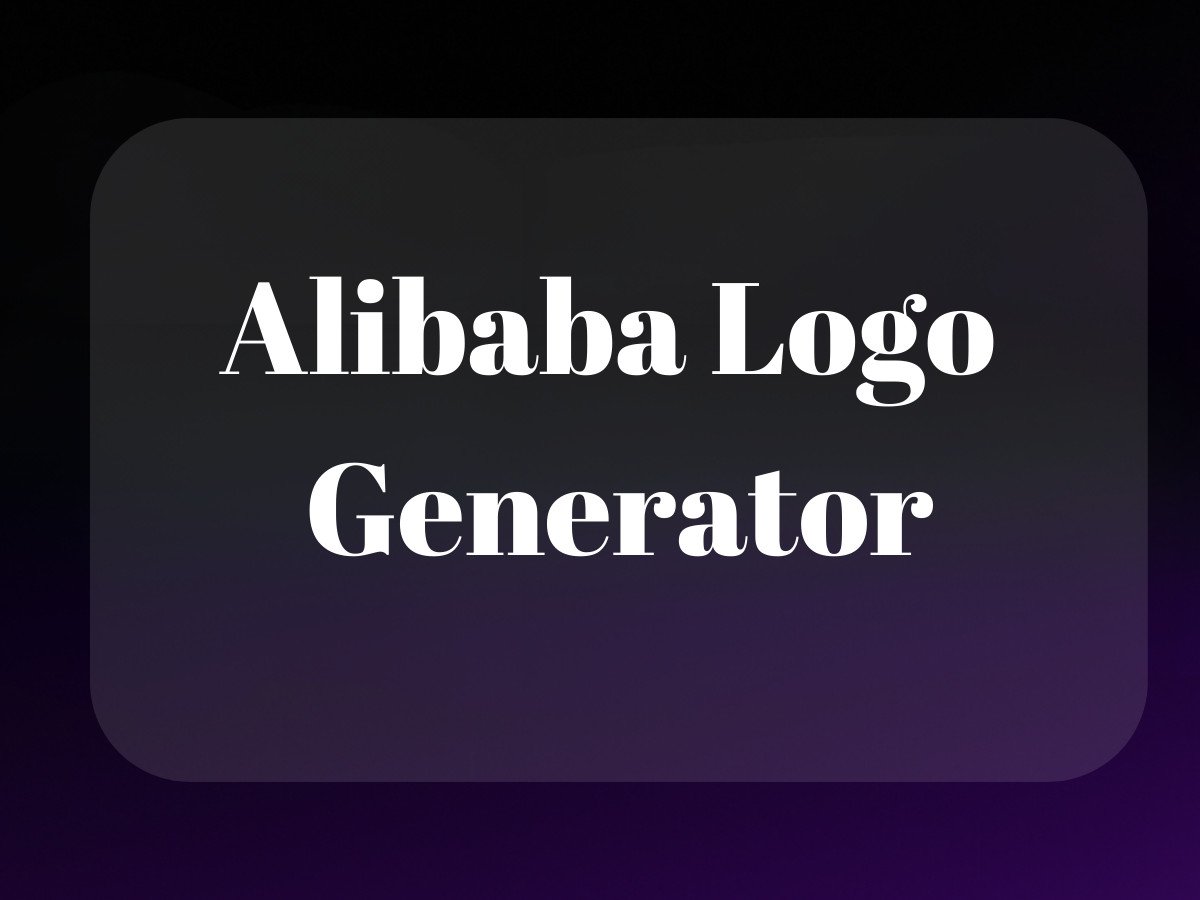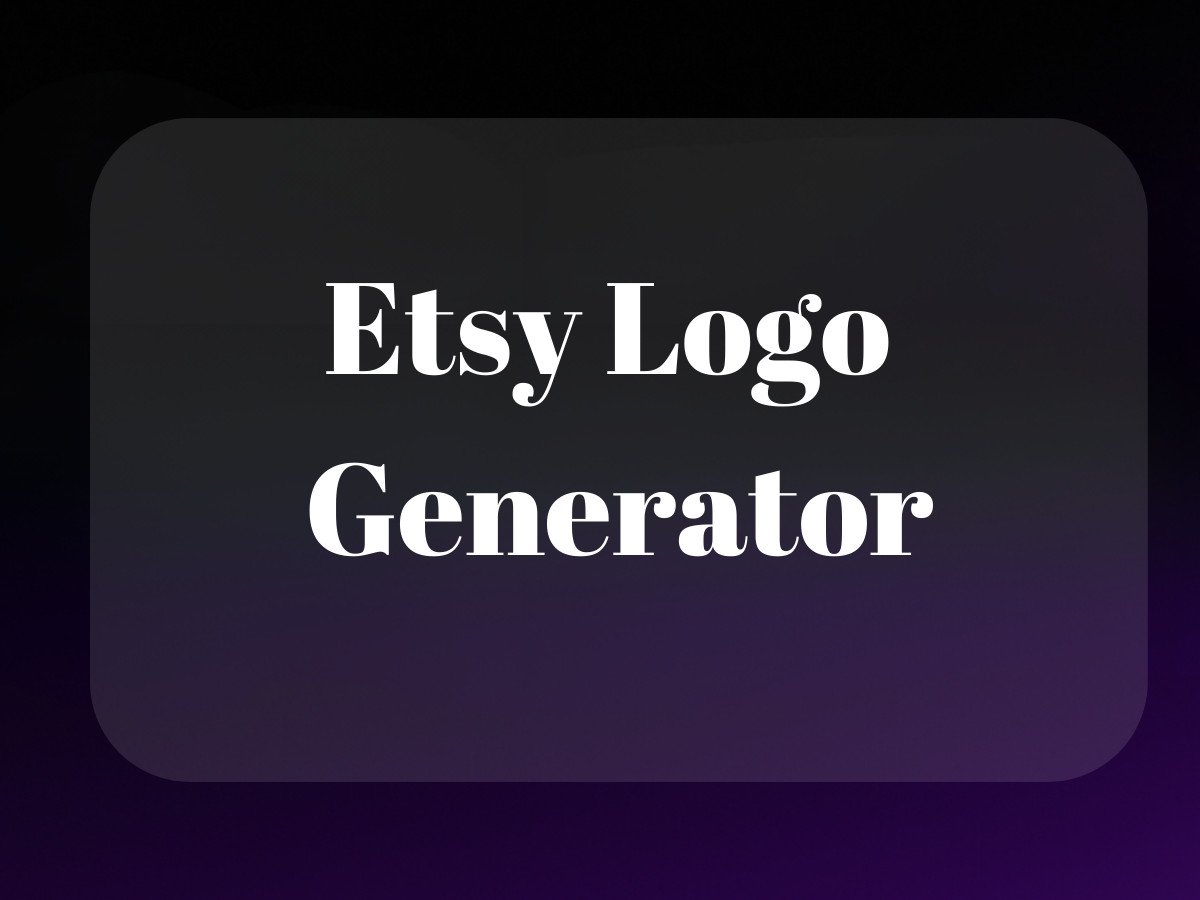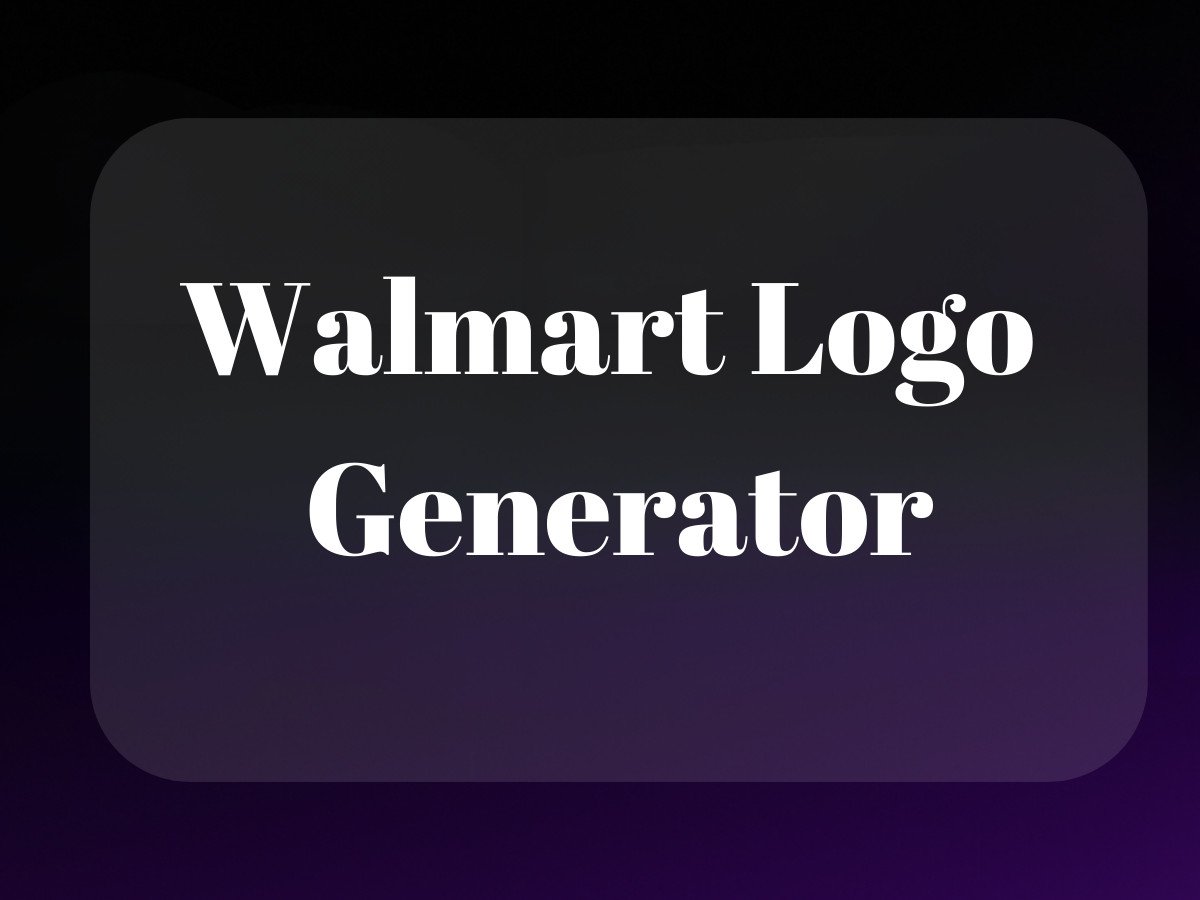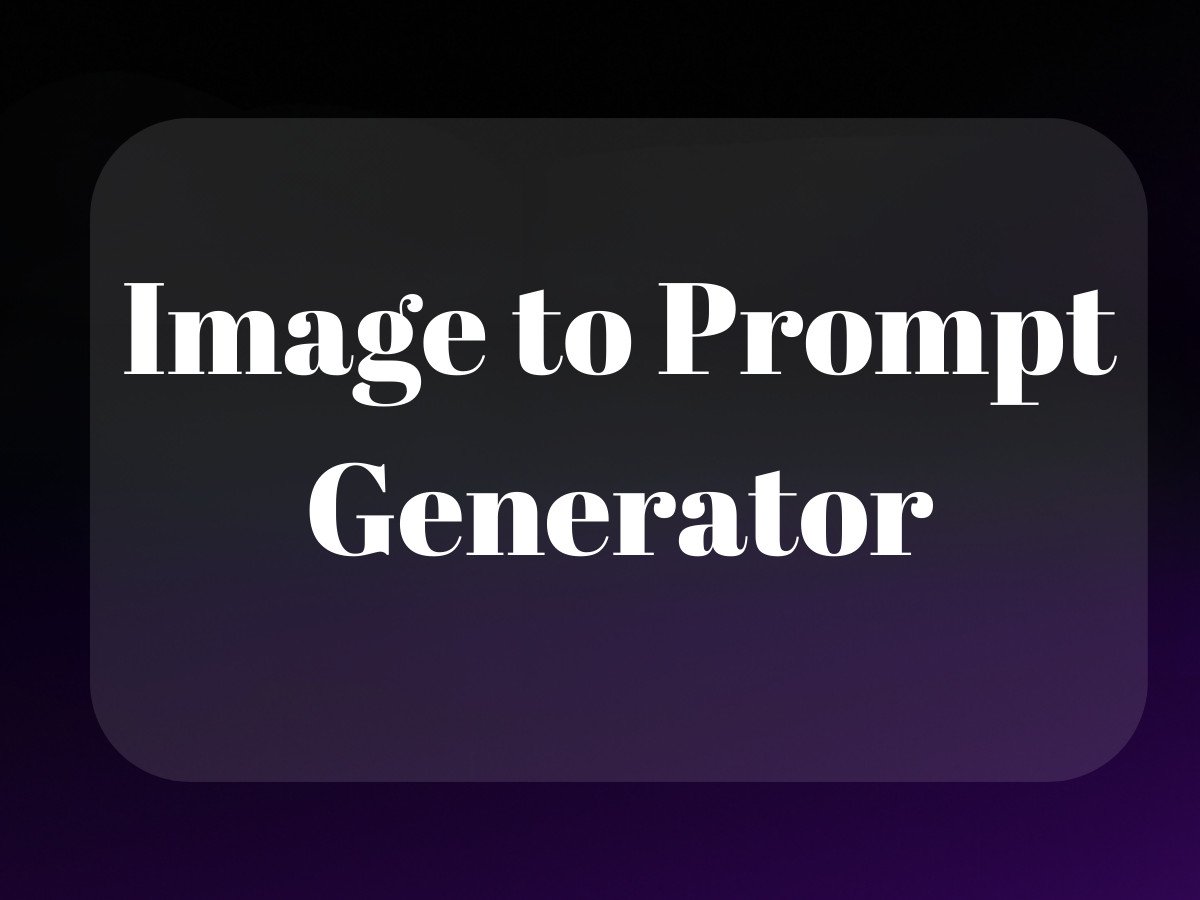Let’s talk about the elephant in the room: everyone wants to know how much Amazon influencers actually make. Not the flashy headlines or the “make millions overnight” promises, but the real numbers.

I’ve spent years analyzing ecommerce trends and working with content creators, and here’s what fascinates me – the Amazon Influencer Program is probably one of the most misunderstood monetization channels out there. Some creators barely scrape by, while others are quietly building six-figure empires through their Amazon storefronts.
Think of the Amazon Influencer Program as a hybrid beast – part affiliate marketing, part social proof engine, and part digital storefront. It’s like having your own mini-Amazon within Amazon, except you’re the curator-in-chief.
Understanding the Amazon Influencer Program: More Than Just Affiliate Links
First things first – the Amazon Influencer Program isn’t the same as being an Amazon Associate. While both let you earn commissions, the Influencer Program is like getting a VIP pass to the party. You get your own customizable storefront (think: your personal mini-Amazon), the ability to create shoppable photos and videos, and access to exclusive features through the Amazon Creator Hub.
The requirements? You need an active social media presence on YouTube, Instagram, Facebook, or TikTok. But here’s the kicker – it’s not just about follower count. I’ve seen creators with 5,000 highly engaged followers get accepted while others with 50,000 followers get rejected. Amazon looks at your engagement rates, content quality, and niche relevance.
How Much Do Amazon Influencers Really Make? Breaking Down the Numbers
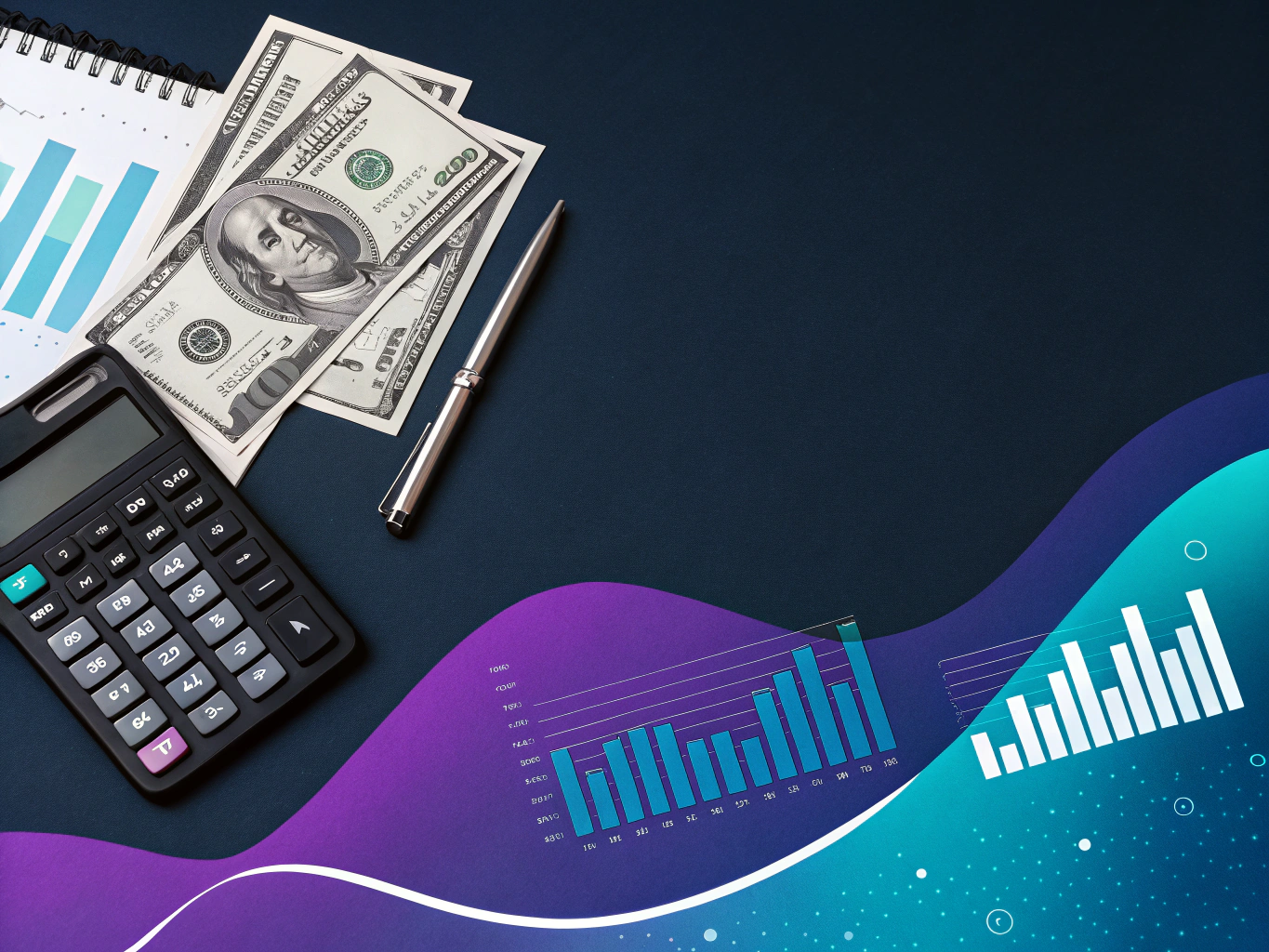 create an amazon storefront as an influencer”/>
create an amazon storefront as an influencer”/>Commission Structure: The Foundation of Your Earnings
The commission rates are like a sliding scale of opportunity, ranging from 1% to 20% depending on the product category. Luxury beauty products might earn you 20%, while electronics might only net 1-2%. But don’t let those low percentages fool you – volume can make up for slim margins.
Here’s what makes this interesting: successful Amazon influencers aren’t just throwing links around hoping something sticks. They’re strategically building product collections that balance high-commission items with popular, lower-commission products that actually convert.
Platform-Specific Earning Potential
Your earnings potential varies dramatically based on your primary platform. YouTube creators typically see the highest earnings – probably because their content has a longer shelf life and higher search visibility. One creator I work with went from making $1,025 in their first month to consistently pulling in $3,000+ by month six, primarily through detailed product review videos.
The numbers get even more interesting when you break it down by platform:
- YouTube creators can earn $20-$200 per video at the nano-influencer level (1,000-10,000 monthly views)
- TikTok influencers typically see $5-$25 per post with similar follower counts
- Instagram creators usually earn $2-$20 per post at the nano level
- Facebook tends to be more lucrative, with nano-influencers earning $25-$250 per post
Real Numbers from Real Creators
Let’s look at a real 10-month progression from one of my favorite case studies. This creator started at $1,025 in month one, hit a peak of $4,266 in month six, and settled into a comfortable $3,917 by month ten. What’s fascinating is the pattern – earnings don’t just go up in a straight line. There are peaks and valleys, usually correlating with seasonal shopping trends and content publication schedules.
The standout success story has to be Jeremy Sciarappa, who managed to build a $60,000+ annual income primarily through Amazon product review videos. But here’s what most people miss about Jeremy’s success – it wasn’t just about the reviews. He built a systematic approach to content creation, focusing on products with high search volume and decent margins.
How to Maximize Earnings as an Amazon Influencer
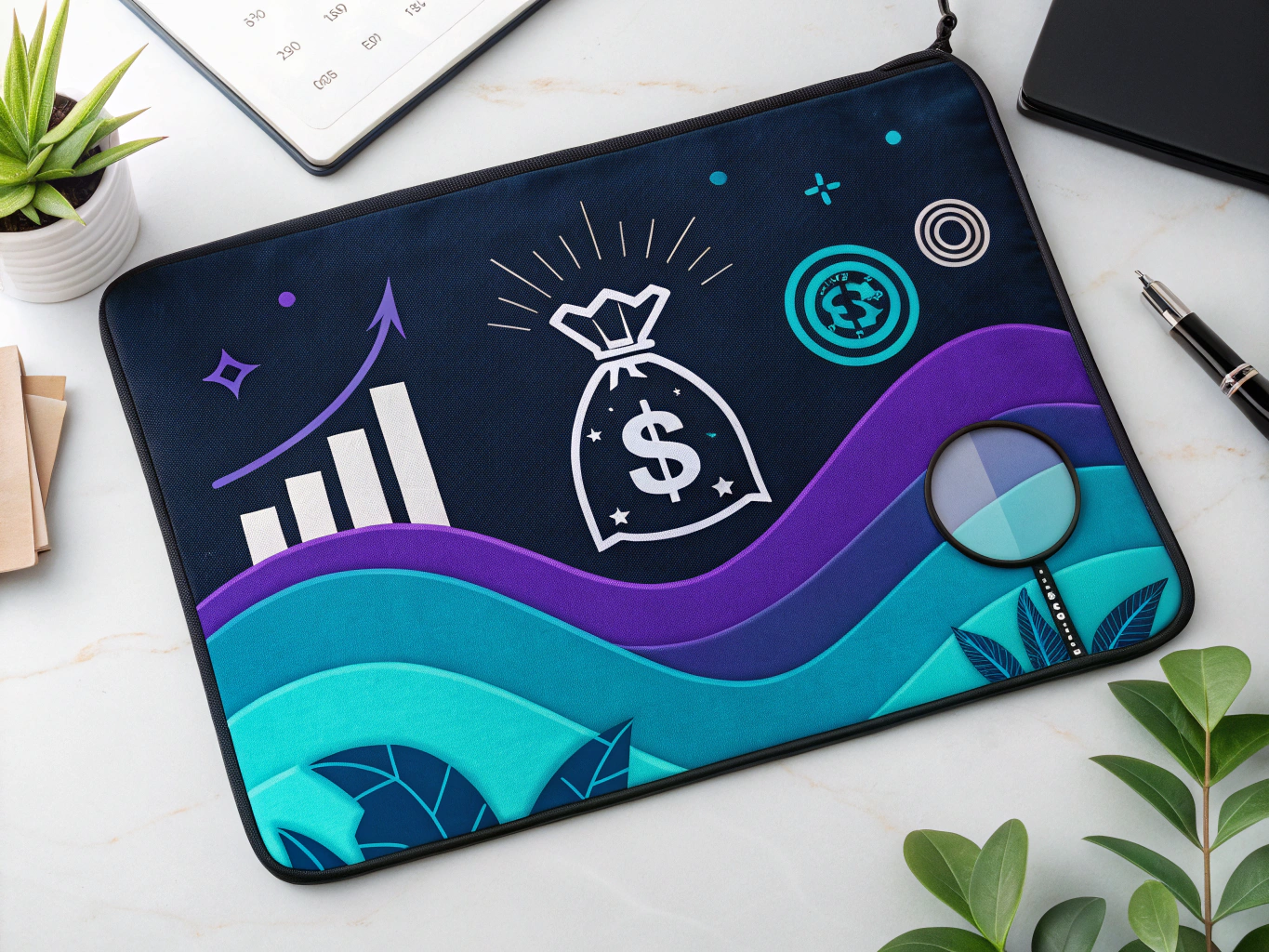
To truly succeed in the Amazon Influencer Program, it’s not just about having a great audience size—it’s about how you leverage that audience and optimize your content. Here are a few strategies to help you maximize your earnings:
Create Detailed Reviews and Tutorials
Instead of just posting product links, take the time to create detailed, informative reviews or tutorials. These types of posts tend to generate more trust and drive more sales. If you’re reviewing a product, make sure your followers know exactly why you recommend it and how it can benefit them.
Optimize Your Amazon Storefront
Make sure your Amazon storefront is tailored to your audience’s interests. A well-curated storefront with high-conversion products will increase your chances of earning commissions. Focus on creating collections of products that are relevant to your niche and your audience’s needs.
Leverage Multiple Platforms
Don’t limit yourself to just one social media platform. By promoting your Amazon storefront across YouTube, Instagram, TikTok, and Facebook, you’ll be able to maximize your reach. Content repurposing is key—use your YouTube reviews on Instagram and TikTok to maintain cross-platform engagement.
Focus on Engagement Over Follower Count
While Amazon requires you to have an active presence on social media, it’s not just about how many followers you have. Instead, focus on maintaining high engagement rates. Micro-influencers with smaller but highly engaged audiences often outperform larger accounts.
Factors Affecting Amazon Influencer Income: The Hidden Variables
Remember that intern analogy I love using for AI? Well, being an Amazon influencer is like managing a whole team of interns – there are multiple factors you need to juggle to get optimal results:
- Engagement rates (often more important than raw follower counts)
- Content quality (Amazon’s algorithm rewards consistently high-performing content)
- Niche selection (some categories naturally convert better than others)
- Seasonal variations (Q4 can make or break your annual earnings)
Performance Metrics That Actually Matter
The real money isn’t in views – it’s in engagement and conversion. While you might earn $0.35-$0.45 per 1,000 views, the serious cash comes from converting those views into sales. Think of views as foot traffic in a store – nice to have, but meaningless if nobody’s buying.
One metric that often gets overlooked is the view-to-purchase ratio. I’ve seen influencers with smaller audiences consistently outperform larger accounts simply because they’ve built genuine trust with their followers. It’s not about the size of the audience; it’s about how well you serve them.
Maximizing Your Amazon Influencer Income: The Strategy Nobody’s Talking About
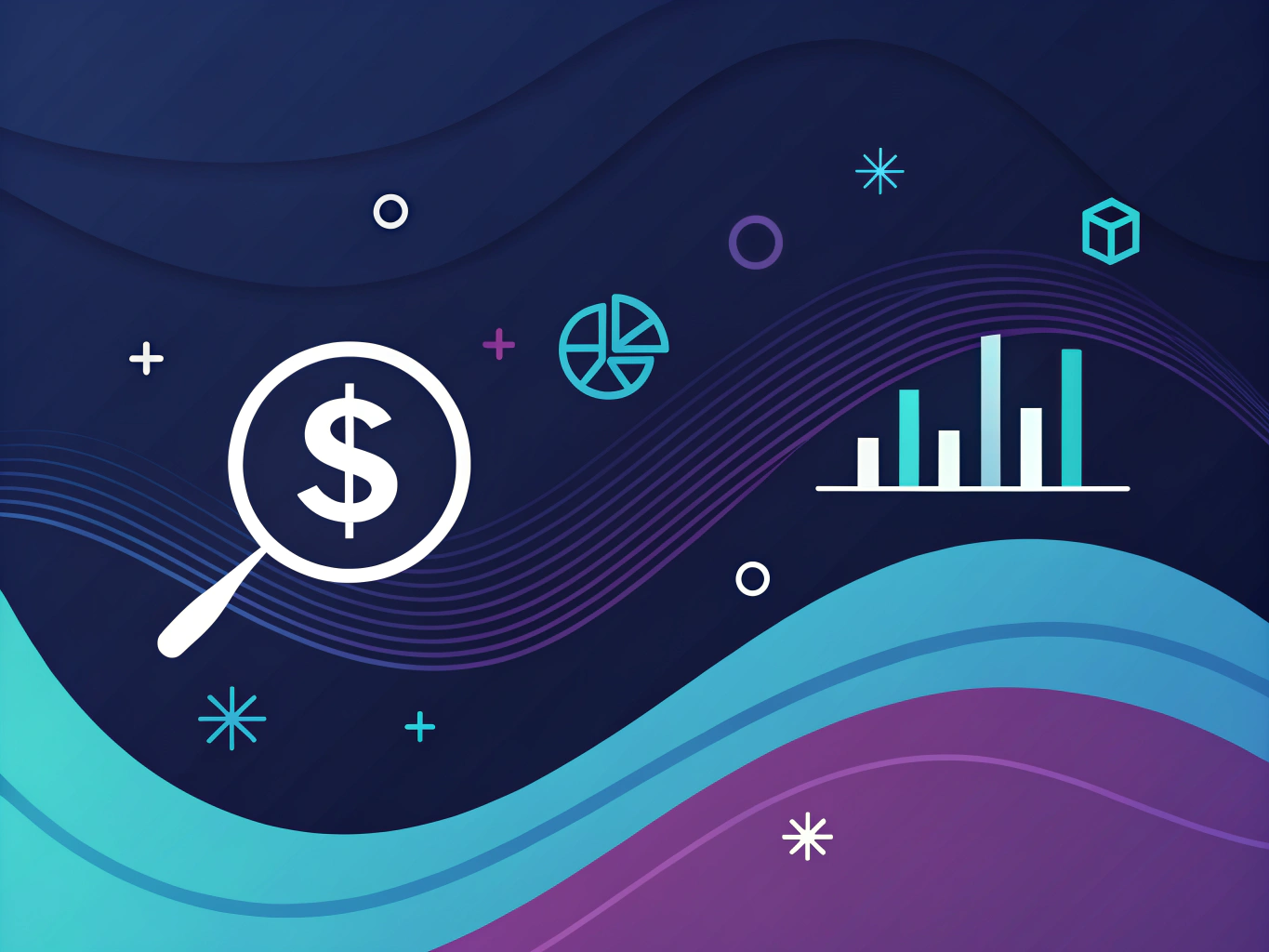
Here’s where it gets interesting. The most successful Amazon influencers I’ve worked with don’t just throw links at their audience and hope for the best. They strategize like an Amazon FBA coach, leveraging data-driven insights to optimize their content and maximize conversions.
Remember that 10-month earning progression I mentioned earlier? From $1,025 to $3,917? That creator wasn’t just posting more – they were getting smarter about their content strategy. They noticed their audience went nuts for specific product categories and doubled down on what worked.
The Multi-Platform Advantage
Cross-pollination is your secret weapon. Your Amazon storefront shouldn’t exist in isolation – it should be the hub that connects all your content spokes. When you create a YouTube video, that same content can be chopped up for TikTok, repurposed for Instagram, and featured in your blog posts.
But here’s the kicker: each platform needs its own approach. What works on Instagram (beautiful product shots, lifestyle content) might bomb on YouTube (where detailed reviews reign supreme). The most successful Amazon influencers understand this instinctively.
Future-Proofing Your Amazon Influencer Business
AI is reshaping content creation, social media algorithms change faster than I change my socks, and consumer behavior is evolving at warp speed. Many influencers are even exploring new revenue streams, asking questions like ‘What is Amazon Digital Downloads?’ to tap into digital product sales alongside physical ones. But some principles remain constant.
The Amazon Creator Hub is becoming increasingly sophisticated, offering tools that would’ve seemed like science fiction a few years ago. Smart influencers are using these tools to create content more efficiently, track their performance more accurately, and scale their businesses more effectively.
The Road Ahead
Want to know how to get approved for Amazon Influencer Program in 2025 and beyond? Focus on building genuine connections. The days of spamming affiliate links are over. If you’re wondering ‘Can you sell things on Amazon?’, the answer is yes—whether through direct sales, affiliate marketing, or the Influencer Program. Today’s successful Amazon influencers are essentially digital curators, trusted advisors who help their audiences make informed decisions.
The future belongs to creators who can balance authenticity with automation, personal branding with professional scalability. And yes, while the potential earnings are significant – from those $60,000+ annual earnings we discussed to the more modest but still respectable nano-influencer incomes – the real opportunity lies in building something sustainable.
Final Thoughts: The Truth About Amazon Influencer Success
Here’s what nobody tells you about how much Amazon influencers make: the numbers vary wildly because success in this space isn’t just about follower count or post frequency. It’s about understanding the intersection of content, commerce, and community.
The most successful creators I know aren’t just asking “how to create an Amazon storefront as an influencer” – they’re asking how to create value for their audience. They’re thinking about how each piece of content serves their community while building their business.
Whether you’re just learning how to become an Amazon affiliate or you’re a seasoned pro looking to scale your Amazon storefront influencer business, remember this: the platform is just a tool. Your success will ultimately come down to how well you understand and serve your audience.
Related Articles:
- Amazon Creator Connections: Influencer Marketing Guide
- How to Become Amazon Influencer & Earn in 2024 – ProductScope AI
- Amazon Influencer Guide: From Beginner to Pro in 30 Days
Frequently Asked Questions
What are Amazon store fronts?
Amazon storefronts are personalized pages on Amazon’s platform where influencers can showcase their favorite products and recommendations. Influencers can curate these storefronts to align with their brand and audience, making it easier for followers to find and purchase recommended items all in one place. This feature helps influencers to earn commissions on sales generated through their storefront links.
How to get approved for Amazon influencer program?
To get approved for the Amazon Influencer Program, you need to have an active presence on social media platforms like YouTube, Instagram, or Facebook. Amazon evaluates applications based on the size and engagement level of your audience, as well as the type of content you create. Once approved, you can create your Amazon storefront and start earning commissions by promoting products.
How much do influencers make from Amazon?
Influencers earn varying amounts from Amazon, depending on factors like the size of their audience, the engagement rate, and the niches they operate in. Typically, influencers earn a commission ranging from 1% to 10% on sales made through their referral links. High-traffic influencers can potentially earn thousands of dollars monthly, while others might earn a more modest income.
How much do Amazon influencers make?
Amazon influencers can make anywhere from a few dollars to several thousand dollars per month. Earnings depend largely on the influencer’s ability to drive sales and the commission rates of the products they promote. Successful influencers often combine their Amazon earnings with other income streams for a more substantial income.
Do Amazon influencers get paid?
Yes, Amazon influencers do get paid, primarily through commissions on sales made via their referral links. They earn a percentage of each sale generated, with rates varying based on product categories. Payment is typically made through Amazon’s affiliate payment system, which can be linked directly to their bank accounts.
About the Author
Vijay Jacob is the founder and chief contributing writer for ProductScope AI focused on storytelling in AI and tech. You can follow him on X and LinkedIn, and ProductScope AI on X and on LinkedIn.
We’re also building a powerful AI Studio for Brands & Creators to sell smarter and faster with AI. With PS Studio you can generate AI Images, AI Videos, Chat and Automate repeat writing with AI Agents that can produce content in your voice and tone all in one place. If you sell on Amazon you can even optimize your Amazon Product Listings or get unique customer insights with PS Optimize.
🎁 Limited time Bonus: I put together an exclusive welcome gift called the “Formula,” which includes all of my free checklists (from SEO to Image Design to content creation at scale), including the top AI agents, and ways to scale your brand & content strategy today. Sign up free to get 200 PS Studio credits on us, and as a bonus, you will receive the “formula” via email as a thank you for your time.

